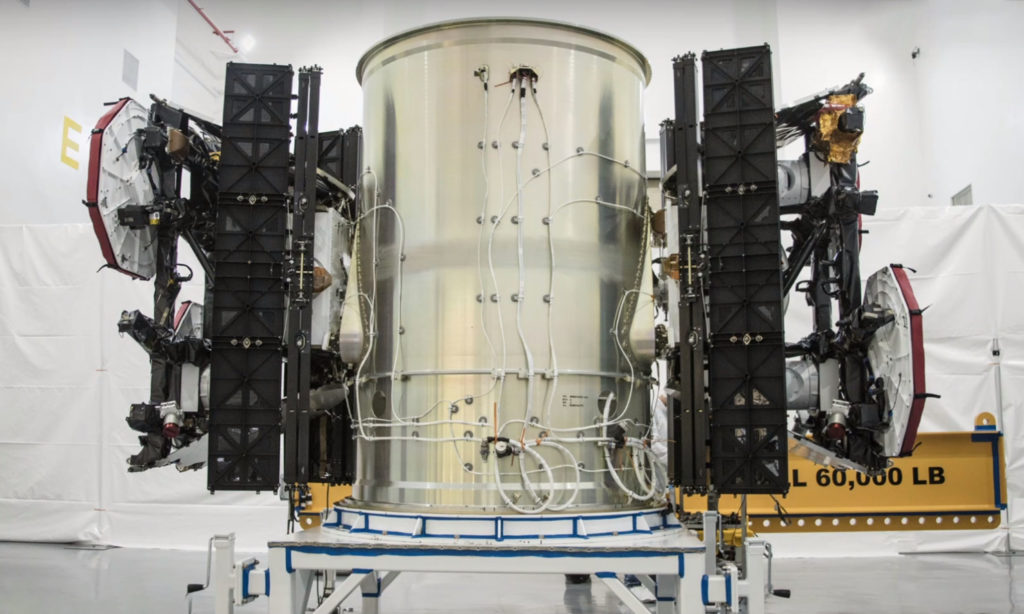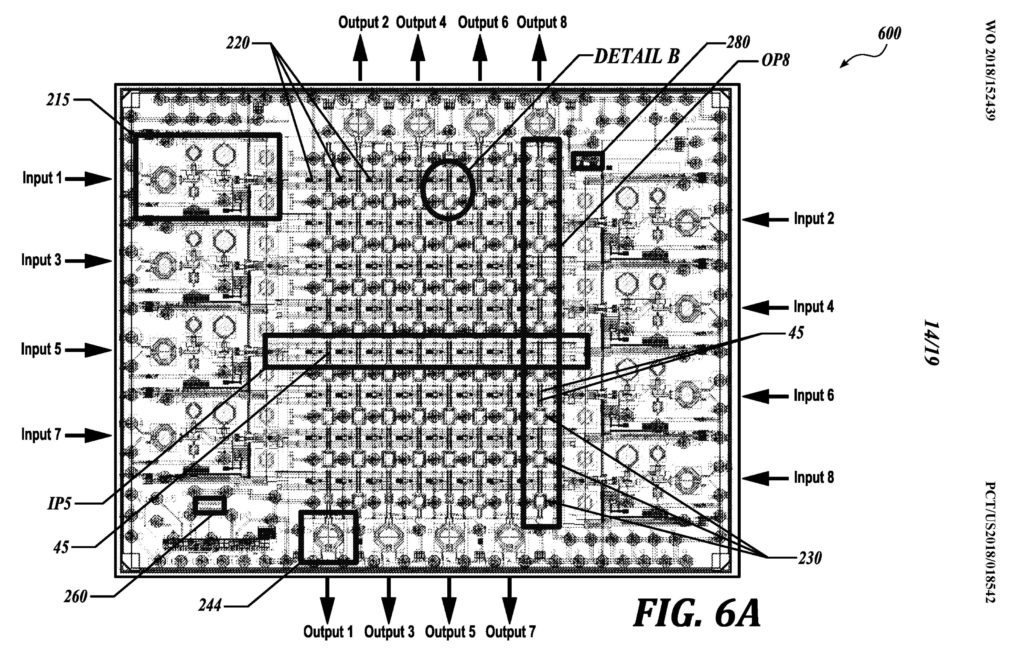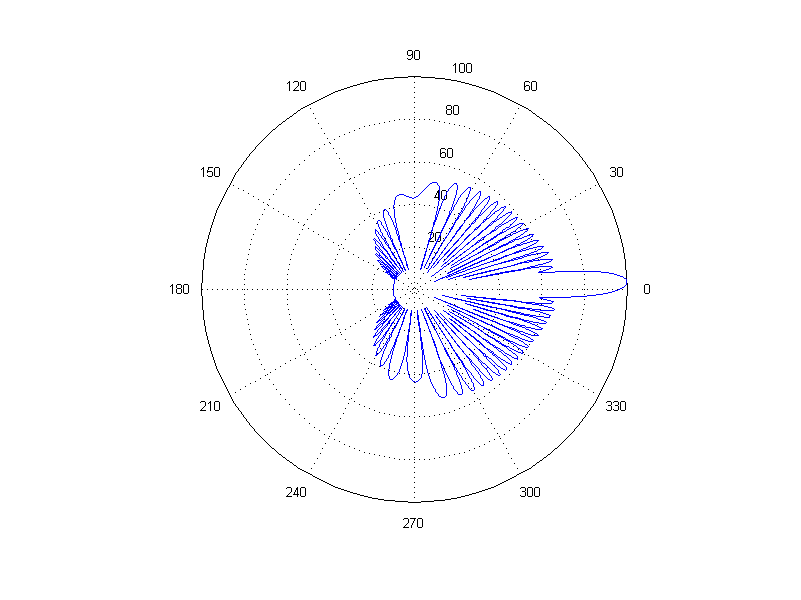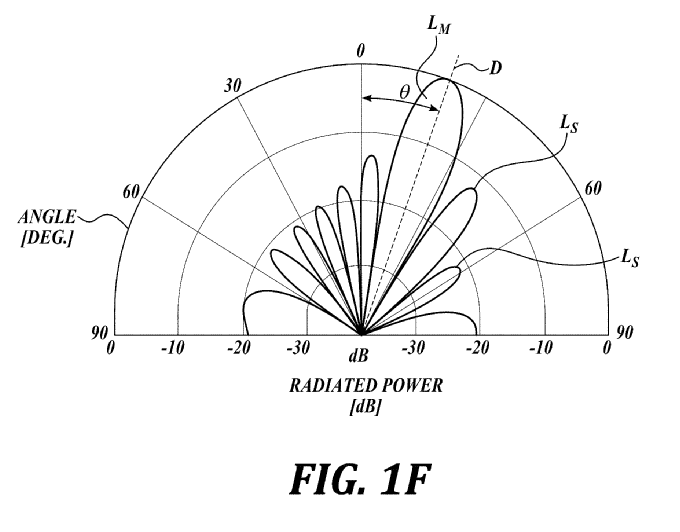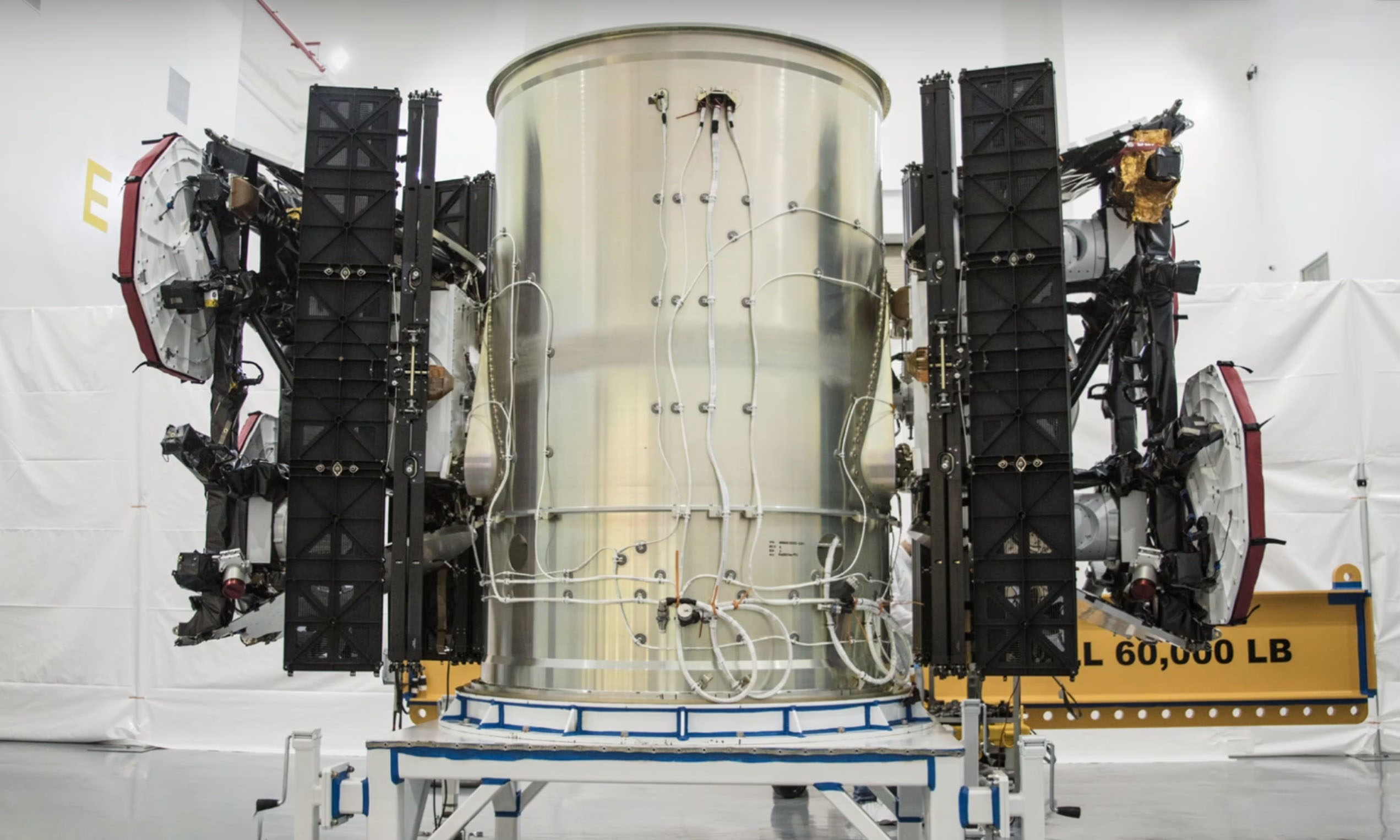
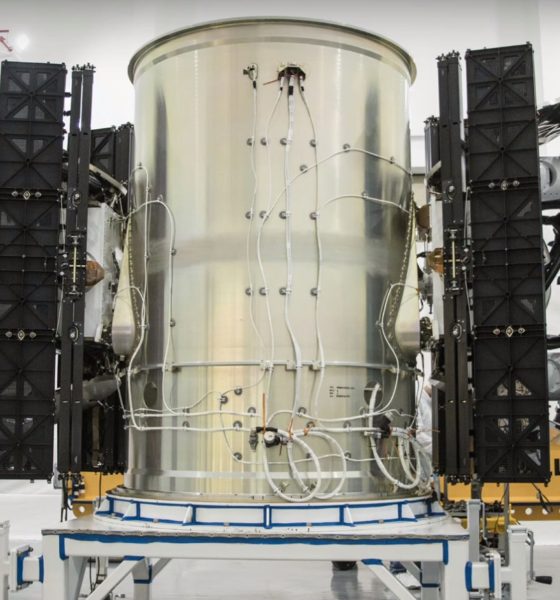
News
SpaceX seeks patent for custom-built Starlink internet satellite antenna design
Update: Readers on Reddit more familiar with patent processes have noted that the USPO filings written about herein were not patent grants but rather patent applications. While a patent grant is not guaranteed and will likely take many additional months to be completed, all other points made in this article still stand.
SpaceX has been granted domestic (U.S.) and international patents for a custom version of an antenna known as a phased array, in this case featuring significant upgrades in pursuit of greater energy efficiency, higher bandwidth, lower weight, and simplified manufacturing, all things that would be a boon for the realization of SpaceX’s global Starlink internet satellite constellation.
With a minimum of ~4400 satellites required for the first wave of global and continuous internet coverage, SpaceX will need to invent unprecedented methods of mass-producing efficient and reliable spacecraft on a scale that has never been attempted in the satellite manufacturing industry.
- Patent diagrams like this show various subcomponents of a sandwiched phased array antenna, comprised of multiple printed circuit boards. (SpaceX)
- SpaceX’s first two Starlink prototype satellites are pictured here before their inaugural Feb. 2018 launch, showing off a utilitarian design. (SpaceX)
While highly technical and difficult to parse, the granted patent and the dozen or so figures accompanying it offer at least a theoretical glimpse into the inner workings of SpaceX’s extremely secretive satellite internet constellation project, the hubs of which can be found in Seattle and Redmond, Washington. Currently employing at least 300 people dedicated to Starlink, the teams involved are pushing full speed ahead into a new phase of manufacturing design and development, evidenced in part by hiring patterns and even this patent, which itself places significant focus on manufacturability, a telltale sign that SpaceX is unlikely to let it sit around gathering intellectual property dust.
It’s entirely possible that SpaceX has chosen to file patents through individual employees or shell LLCs, but this phased array antenna patent – filed in February and granted in August 2018 – is by all appearances the third patent ever granted directly to SpaceX, alongside aluminum-honeycomb manufacturing and a critical component of its Merlin rocket engines. Perhaps this serves as some sort of indicator of how important Starlink actually is behind the veil, although it may also simply reflect the intense competition circling the prospects of a low Earth orbit satellite internet constellation.
- The technical term for this is “science rectangle.” In all seriousness, this is actually an extraordinary glimpse at custom silicon developed in-house at SpaceX, in this case a semiconductor die. (SpaceX)
- This hypnotic animation shows a phased array antenna in action, with the longer and wider ‘lobes’ indicating beams being intentionally created. (Wikipedia – Maxter315)
- A diagram in SpaceX’s phased array patent visualizes some of the benefits derived by their specific design, particularly eliminating or reducing the smaller protuberances (known as “side lobes”). (SpaceX)
Other companies like OneWeb and Telesat are also racing to field their own several-hundred or several-thousand satellite constellations, and OneWeb may well be the closest to actually serving customers with operational satellite launches potentially beginning as early as December 2018 to February 2019. Still, SpaceX’s own prospective Starlink constellation is exceptional due to the sheer amount of work that the company is attempting to do in-house, to the extent that senior leaders of the R&D team have recently implied that work not done in-house was generally outsourced only due to “lack of engineering bandwidth”.
Ultimately, this patent and many of the diagrams within suggest that SpaceX may actually be getting relatively close to mass-production of high-performance Starlink satellites. Of particular note, the integrated circuit CAD view offered in Figure 6A hints that an impressive amount of work has been put into designing, building, testing, and refining custom and application-optimized computational hardware, an entirely new and highly complex field for SpaceX to enter into.
For prompt updates, on-the-ground perspectives, and unique glimpses of SpaceX’s rocket recovery fleet check out our brand new LaunchPad and LandingZone newsletters

News
Tesla is not sparing any expense in ensuring the Cybercab is safe
Images shared by the longtime watcher showed 16 Cybercab prototypes parked near Giga Texas’ dedicated crash test facility.

The Tesla Cybercab could very well be the safest taxi on the road when it is released and deployed for public use. This was, at least, hinted at by the intensive safety tests that Tesla seems to be putting the autonomous two-seater through at its Giga Texas crash test facility.
Intensive crash tests
As per recent images from longtime Giga Texas watcher and drone operator Joe Tegtmeyer, Tesla seems to be very busy crash testing Cybercab units. Images shared by the longtime watcher showed 16 Cybercab prototypes parked near Giga Texas’ dedicated crash test facility just before the holidays.
Tegtmeyer’s aerial photos showed the prototypes clustered outside the factory’s testing building. Some uncovered Cybercabs showed notable damage and one even had its airbags engaged. With Cybercab production expected to start in about 130 days, it appears that Tesla is very busy ensuring that its autonomous two-seater ends up becoming the safest taxi on public roads.
Prioritizing safety
With no human driver controls, the Cybercab demands exceptional active and passive safety systems to protect occupants in any scenario. Considering Tesla’s reputation, it is then understandable that the company seems to be sparing no expense in ensuring that the Cybercab is as safe as possible.
Tesla’s focus on safety was recently highlighted when the Cybertruck achieved a Top Safety Pick+ rating from the Insurance Institute for Highway Safety (IIHS). This was a notable victory for the Cybertruck as critics have long claimed that the vehicle will be one of, if not the, most unsafe truck on the road due to its appearance. The vehicle’s Top Safety Pick+ rating, if any, simply proved that Tesla never neglects to make its cars as safe as possible, and that definitely includes the Cybercab.
Elon Musk
Tesla’s Elon Musk gives timeframe for FSD’s release in UAE
Provided that Musk’s timeframe proves accurate, FSD would be able to start saturating the Middle East, starting with the UAE, next year.

Tesla CEO Elon Musk stated on Monday that Full Self-Driving (Supervised) could launch in the United Arab Emirates (UAE) as soon as January 2026.
Provided that Musk’s timeframe proves accurate, FSD would be able to start saturating the Middle East, starting with the UAE, next year.
Musk’s estimate
In a post on X, UAE-based political analyst Ahmed Sharif Al Amiri asked Musk when FSD would arrive in the country, quoting an earlier post where the CEO encouraged users to try out FSD for themselves. Musk responded directly to the analyst’s inquiry.
“Hopefully, next month,” Musk wrote. The exchange attracted a lot of attention, with numerous X users sharing their excitement at the idea of FSD being brought to a new country. FSD (Supervised), after all, would likely allow hands-off highway driving, urban navigation, and parking under driver oversight in traffic-heavy cities such as Dubai and Abu Dhabi.
Musk’s comments about FSD’s arrival in the UAE were posted following his visit to the Middle Eastern country. Over the weekend, images were shared online of Musk meeting with UAE Defense Minister, Deputy Prime Minister, and Dubai Crown Prince HH Sheikh Hamdan bin Mohammed. Musk also posted a supportive message about the country, posting “UAE rocks!” on X.
FSD recognition
FSD has been getting quite a lot of support from foreign media outlets. FSD (Supervised) earned high marks from Germany’s largest car magazine, Auto Bild, during a test in Berlin’s challenging urban environment. The demonstration highlighted the system’s ability to handle dense traffic, construction sites, pedestrian crossings, and narrow streets with smooth, confident decision-making.
Journalist Robin Hornig was particularly struck by FSD’s superior perception and tireless attention, stating: “Tesla FSD Supervised sees more than I do. It doesn’t get distracted and never gets tired. I like to think I’m a good driver, but I can’t match this system’s all-around vision. It’s at its best when both work together: my experience and the Tesla’s constant attention.” Only one intervention was needed when the system misread a route, showcasing its maturity while relying on vision-only sensors and over-the-air learning.
News
Tesla quietly flexes FSD’s reliability amid Waymo blackout in San Francisco
“Tesla Robotaxis were unaffected by the SF power outage,” Musk wrote in his post.

Tesla highlighted its Full Self-Driving (Supervised) system’s robustness this week by sharing dashcam footage of a vehicle in FSD navigating pitch-black San Francisco streets during the city’s widespread power outage.
While Waymo’s robotaxis stalled and caused traffic jams, Tesla’s vision-only approach kept operating seamlessly without remote intervention. Elon Musk amplified the clip, highlighting the contrast between the two systems.
Tesla FSD handles total darkness
The @Tesla_AI account posted a video from a Model Y operating on FSD during San Francisco’s blackout. As could be seen in the video, streetlights, traffic signals, and surrounding illumination were completely out, but the vehicle drove confidently and cautiously, just like a proficient human driver.
Musk reposted the clip, adding context to reports of Waymo vehicles struggling in the same conditions. “Tesla Robotaxis were unaffected by the SF power outage,” Musk wrote in his post.
Musk and the Tesla AI team’s posts highlight the idea that FSD operates a lot like any experienced human driver. Since the system does not rely on a variety of sensors and a complicated symphony of factors, vehicles could technically navigate challenging circumstances as they emerge. This definitely seemed to be the case in San Francisco.
Waymo’s blackout struggles
Waymo faced scrutiny after multiple self-driving Jaguar I-PACE taxis stopped functioning during the blackout, blocking lanes, causing traffic jams, and requiring manual retrieval. Videos shared during the power outage showed fleets of Waymo vehicles just stopping in the middle of the road, seemingly confused about what to do when the lights go out.
In a comment, Waymo stated that its vehicles treat nonfunctional signals as four-way stops, but “the sheer scale of the outage led to instances where vehicles remained stationary longer than usual to confirm the state of the affected intersections. This contributed to traffic friction during the height of the congestion.”
A company spokesperson also shared some thoughts about the incidents. “Yesterday’s power outage was a widespread event that caused gridlock across San Francisco, with non-functioning traffic signals and transit disruptions. While the failure of the utility infrastructure was significant, we are committed to ensuring our technology adjusts to traffic flow during such events,” the Waymo spokesperson stated, adding that it is “focused on rapidly integrating the lessons learned from this event, and are committed to earning and maintaining the trust of the communities we serve every day.”

